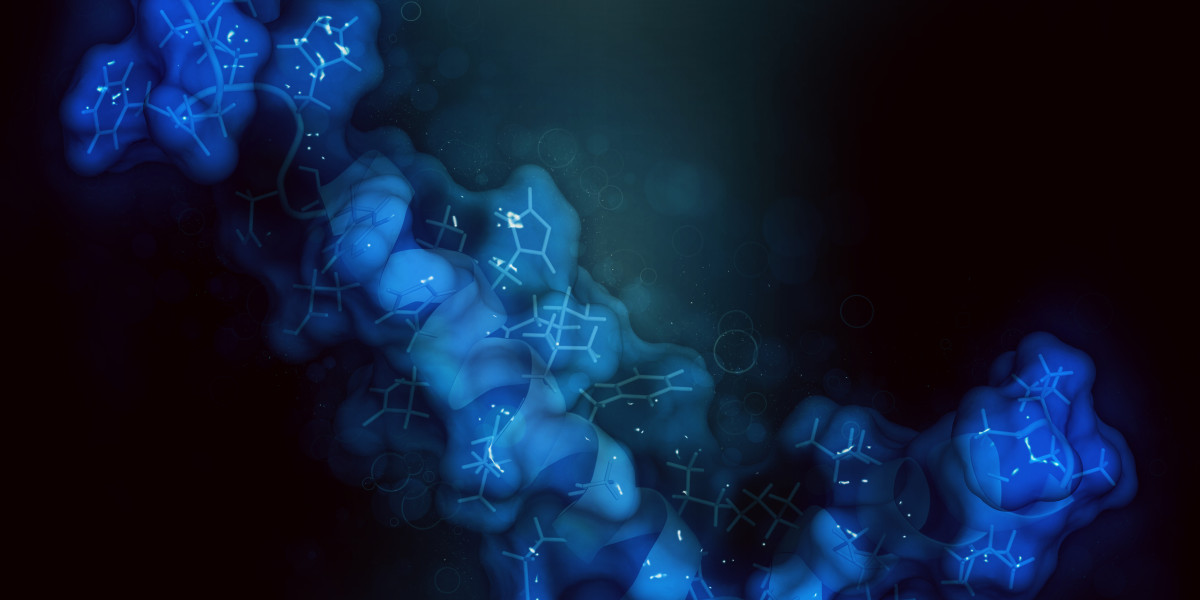The brain tissue binding assay is a critical method used in pharmacology and drug development. It plays a vital role in understanding how drugs interact with brain tissues and helps in predicting the pharmacokinetics of compounds intended for neurological applications. This article delves into the significance, methodology, and implications of brain tissue binding assays in research and clinical settings.
Importance of the Brain Tissue Binding Assay
Understanding the distribution of drugs in the brain is essential for developing effective treatments for neurological disorders. The blood-brain barrier (BBB), a selective permeability barrier, restricts many substances from entering the brain. Therefore, assessing how well a drug binds to brain tissue provides insights into its potential therapeutic efficacy and safety. The brain tissue binding assay helps researchers determine the extent to which a drug is likely to penetrate the BBB and its binding characteristics within the brain, which can influence pharmacological activity.
Methodology of the Assay
The brain tissue binding assay typically involves the following steps:
Tissue Preparation: Brain tissue, either from animal models or human samples, is prepared for analysis. This may involve sieving, homogenizing, or otherwise processing the tissue to create a suitable environment for binding studies.
Incubation with Compounds: The prepared brain tissue is incubated with the drug of interest at various concentrations. This incubation allows for the interaction between the drug and the brain tissue, facilitating binding.
Separation of Bound and Free Drug: After incubation, the bound drug is separated from the free drug. Techniques such as centrifugation or filtration are often employed to achieve this separation.
Quantification of Binding: The concentration of the drug that remains bound to the tissue is quantified using various analytical techniques, such as liquid chromatography or mass spectrometry. The binding affinity and capacity can then be calculated.
Applications of the Brain Tissue Binding Assay
The data obtained from brain tissue binding assays are invaluable in various aspects of drug development:
Optimization of Drug Candidates: Researchers can use the binding data to optimize the chemical properties of drug candidates, enhancing their ability to cross the BBB while ensuring adequate binding to therapeutic targets in the brain.
Predicting Pharmacokinetics: Understanding how drugs bind to brain tissue allows for better predictions of their pharmacokinetic profiles. Accurate predictions are crucial for designing dosing regimens and understanding the potential side effects.
Comparative Studies: The assay can also be used to compare the binding characteristics of different compounds, providing insights into the relative efficacy and safety profiles of new drug candidates.
Evaluating Drug Interactions: The brain tissue binding assay can help assess potential drug-drug interactions, particularly in patients undergoing polypharmacy, by revealing how multiple substances might influence each other’s binding to brain tissue.
Challenges in Brain Tissue Binding Assays
Despite its importance, several challenges exist in conducting brain tissue binding assays. Variability in tissue composition, differences in handling techniques, and the complexity of the brain’s microenvironment can all impact results. Additionally, ethical considerations must be addressed when using human brain tissue, necessitating careful planning and adherence to ethical guidelines.
Conclusion
The brain tissue binding assay is an essential tool in the field of pharmacology, offering insights into drug behavior within the central nervous system. By understanding how drugs bind to brain tissue, researchers can improve the design and efficacy of treatments for various neurological conditions. As drug development continues to evolve, the importance of such assays will only grow, helping ensure that new therapies reach their intended targets effectively and safely.








